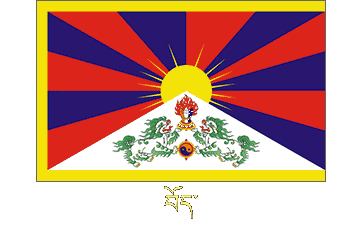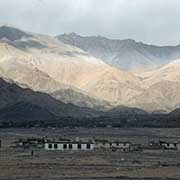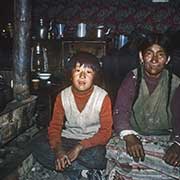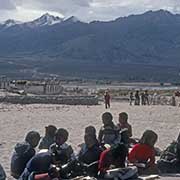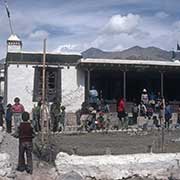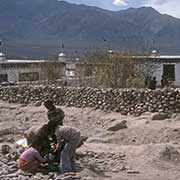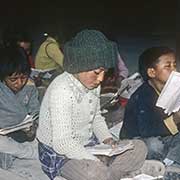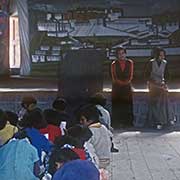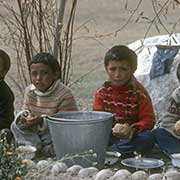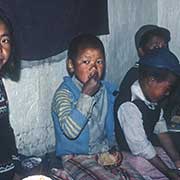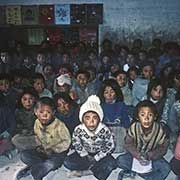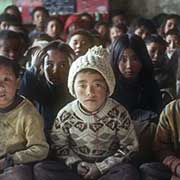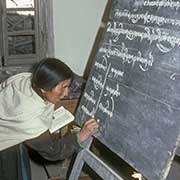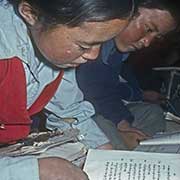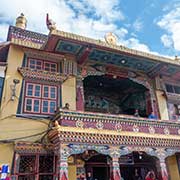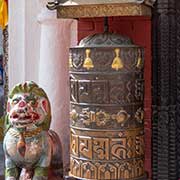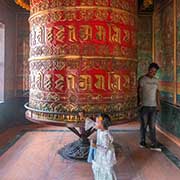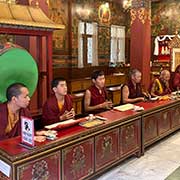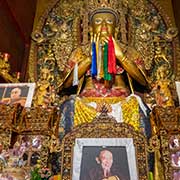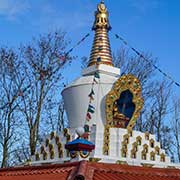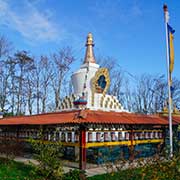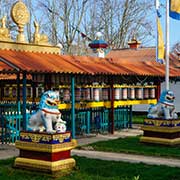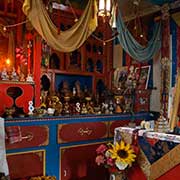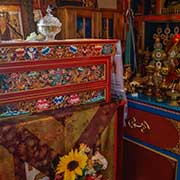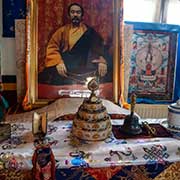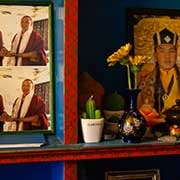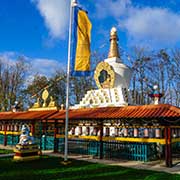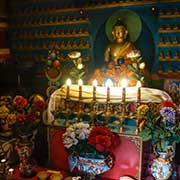Photos of the Tibetan diaspora, exiles from Tibet
The Tibetan diaspora
During the 1959 Tibetan uprising, the 14th Dalai Lama and some of his government members fled to India across the Himalayas. About 80,000 Tibetans followed to India in the following years. Then about 1,000 to 2,500 a year continued to flee across the border, at significant personal risk, until the numbers reached around 100,000. After the opening of Tibet to trade and tourism in the 1980s, a second wave of Tibetans fleeing took place due to increasing political repression. After this, some eventually returned to Tibet while most of those staying were children attending school at a Tibetan Children’s Village.
you may then send it as a postcard if you wish.
The Tibetan Children’s Villages or TCV were set up as integrated communities in exile for the care and education of orphans, destitute and refugee children from Tibet. Its main facility is at Dharamshala in Himachal Pradesh, North India, the residence of the 14th Dalai Lama and the seat of the Tibetan Government in exile. Between 1964 and 2006 the TCV was presided by Jetsun Pema, a sister of Dalai Lama. It has a network across India with over 12,000 children under its care. One is in Choglamsar, near Leh, in Ladakh, a Union Territory within the Tibetan cultural area in northwest India.
Tibetans also settled in Nepal after the Tibetan uprising in 1959, with many around Boudhanath, six kilometres northeast of the centre of Kathmandu. They constructed over 50 gompas (Buddhist monasteries) around Boudha. Jamchen Lhakhang (the Maitreya Temple) was built by the head of the Tsharpa sub-lineage of the tradition of Tibetan Buddhism, Chogye Trichen Rinpoche, a primary teacher of the Dalai Lama, in 1985 on the west side of the Boudhanath Stupa. The Guru Lhakhang, or Tamang Gompa, is situated nearby.
Tibetans have settled all over the world; many have chosen to emigrate to the United States, Canada, Germany, and Switzerland, but the estimated 150,000 Tibetans in exile, scattered across the globe, are at risk of losing their identity and unity as another generation comes of age with no memory of their homeland. In the small village of Hantum, in the province of Fryslân (Friesland) in the northern Netherlands, a Tibetan community built the Karma Deleg Chö Phel Ling Buddhist monastery. It was founded in 1986 by Chödje Lama Gawang Rinpoche. It is a genuine Tibetan Buddhist centre for study and mediation, in a very unexpected location of rural Fryslân.
For all Tibetans, wherever they are, the “Gyallu”, a Tibetan patriotic song, is the official anthem of an independent Tibet, and the anthem of the government in exile. It is now widely used as the “Free Tibet” anthem, and, like the flag, it is strictly banned in China. The anthem was written around 1950, at the time of the Chinese invasion, by Trichen Rinpoche, primary teacher of the 14th Dalai Lama. The melody is said to be based on a very old piece of Tibetan sacred music, and the lyrics focus on the radiance of the Gautama Buddha.


